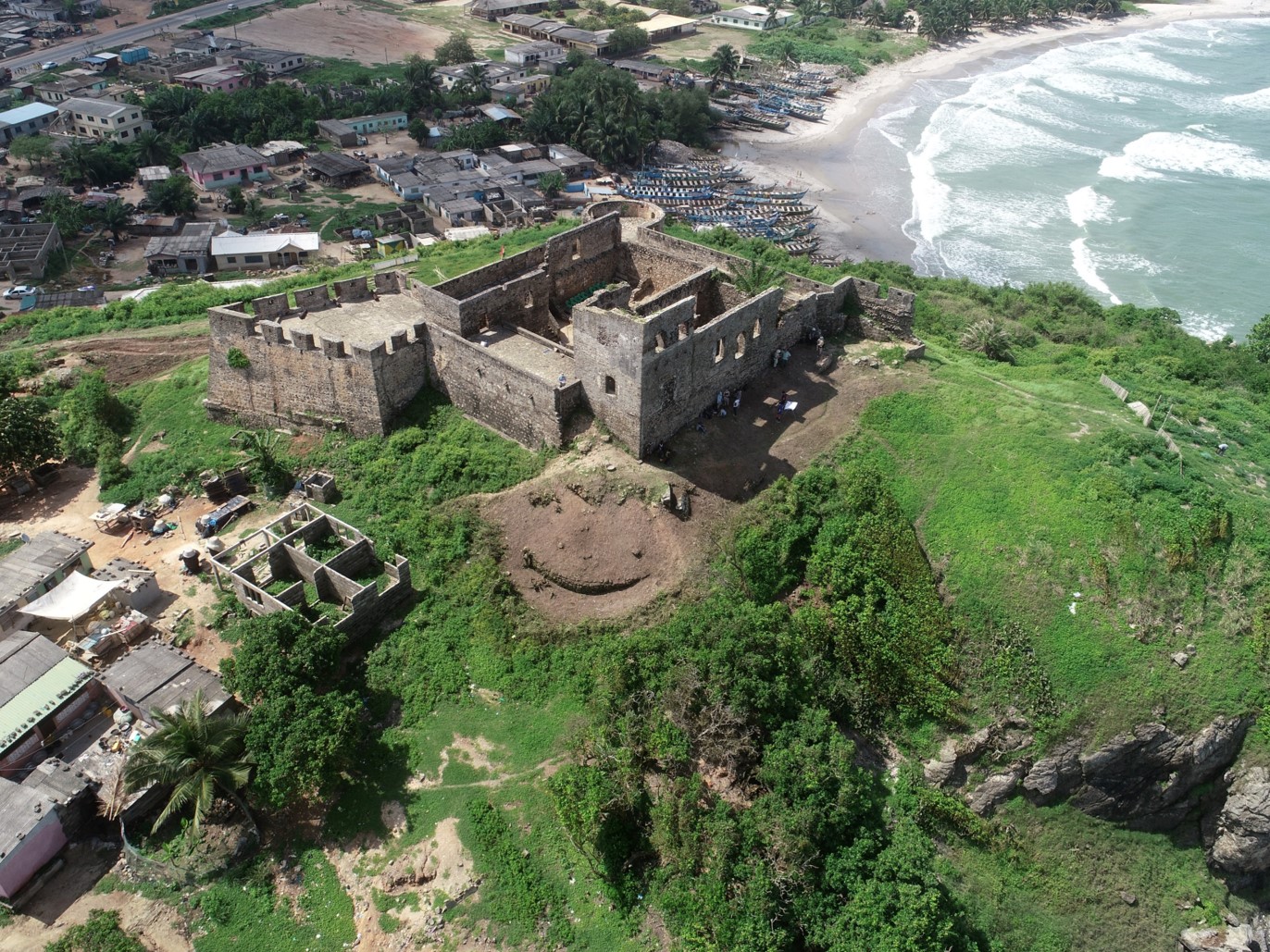Creation of the Royal Adventurers into Africa
After the English Civil War, Charles II returned after nine years in exile and was restored as England’s king in 1660 after agreeing to share power with Parliament. Charles II was granted an independent annual income of £1.2 million from customs and excise taxes, which gave him a strong incentive to increase English commerce. Charles restated and expanded the Commonwealth’s Navigation Act, which banned English colonies from trading with foreign shipping and confined most high-value colonial exports solely to English markets, which would increase his duties-based royal revenue stream.
The Royal family further sought to increase fortunes through direct involvement in Atlantic trade and fixed its attention upon West Africa as a potentially enormous source of profit. Charles created a new company, the Company of Royal Adventurers into Africa, and named his brother James as its governor. Charter members of the company included Princesses Maria and Henrietta, Prince Rupert of the Rhine, Dukes Bedford and Albermarle, the earls of Pembroke, St. Albans, Sandwich, Ossery, and Bath, and ten lords, barons, and knights, as well as personages that included the king’s mother, sister, brother, cousin, and at least one illegitimate son. Most company members had been strong allies who supported Charles in exile and helped orchestrate his return to the throne. The Royal Adventurers in Africa charter conflicted with the Guinea Company’s existing territorial trade claim, which was set to expire in 1662, as well as the East India Company’s sublet of Gold Coast trade. As a result, both the Royal Adventurers in Africa and East India Company sent ships to West Africa during the first two years of Royal Adventurers into Africa’s operations


